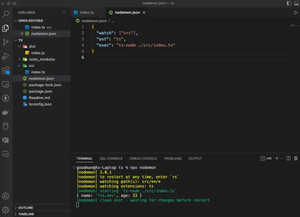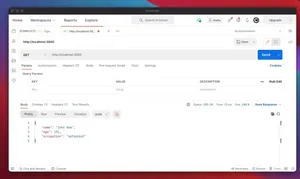Managing data effectively often requires sorting documents by one or more fields. Mongoose, the go-to ODM for working with MongoDB in a Node.js environment, provides a straightforward way to achieve multi-field sorting.
Basic Sorting Approaches in Mongoose
In Mongoose, the .sort() function is key to ordering documents. It can take either a string, an object or functions to define the sorting order. Usage details will be explored through code examples.
Single Field Sorting
Example:
const mongoose = require('mongoose');
const { Schema } = mongoose;
const userSchema = new Schema({
name: String,
age: Number
});
const User = mongoose.model('User', userSchema);
async function sortUsers() {
const sortedByName = await User.find().sort('name'); // Ascending by name
const sortedByAgeDescending = await User.find().sort('-age'); // Descending by age
}
Sorting by Multiple Fields
When multiple fields are involved, Mongoose enables various approaches to establish both priority and direction in sorting.
Chaining sort methods:
async function chainSort() {
const users = await User.find()
.sort('name') // First priority: name ascending
.sort('-age'); // Second priority: age descending
}
Using an object for sorting:
async function objectSort() {
const users = await User.find().sort({
name: 1, // Ascending by name
age: -1 // Descending by age
});
}
Advanced Sorting Techniques
Building on the basics, advanced techniques often involve conditional sorts and dealing with more complex document structures.
Sorting with Aggregation
Example:
async function aggregateSort() {
const users = await User.aggregate([
// Other aggregation stages
{ $sort : { name : 1, age : -1 } }
]);
}
Dynamic Sorting Based on User Input
An example is worth more than a thousand words:
async function dynamicSort(sortField, sortOrder) {
const sort = {};
sort[sortField] = sortOrder === 'asc' ? 1 : -1;
const users = await User.find().sort(sort);
}
Performance Considerations and Indexing
Sorting efficiency can be significantly influenced by the use of indexes. An in-depth explanation will be given regarding usage and benefits in the context of sorting.
Working with Nested Documents
When dealing with nested structures, path notation allows for specific field targeting in subdocuments for sorting.
async function nestedSort() {
const blogs = await Blog.find().sort({'author.name': 1, 'comments.date': -1});
}
Conclusion
In conclusion, Mongoose offers flexible, powerful tools for sorting documents by multiple fields. Through proper technique, one can easily order queries to most effectively serve their application’s needs.

